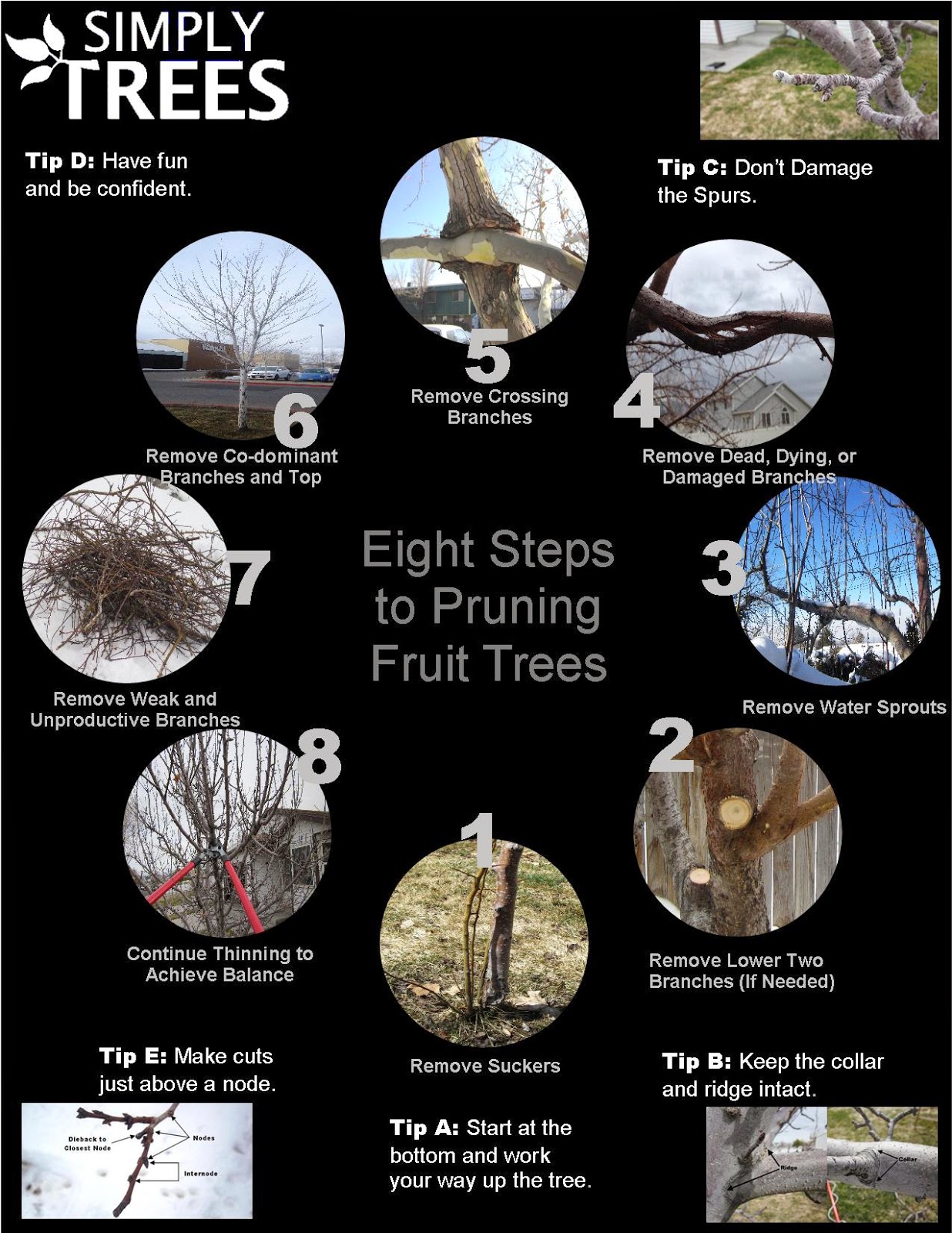Assessing Tree Wellness: Standards For Selecting Tree Removal
Assessing Tree Wellness: Standards For Selecting Tree Removal
Blog Article
Content Writer-Lindgaard Mcintosh
If you've ever before wondered about the destiny of the trees on your property, comprehending when it's time for elimination is important. But exactly how do you determine if a tree can be conserved or if elimination is the only choice? By seeking specific indicators and assessing safety risks, you can make enlightened decisions that profit both your landscape and your surroundings. Allow's discover the key factors that come into play when deciding the fate of a tree and just how you can make sure the most effective result for your green companions.
Indications of Tree Decrease
If you discover any one of the following signs of tree decline in your backyard, it might be time to consider tree elimination.
One typical sign is dead or worn out branches, which can indicate underlying concerns affecting the tree's wellness. Keep an eye out for stained or shrivelled leaves that linger despite proper care, as this could be a sign of illness or bugs.
One more warning signal is excessive leaning or a noticeable change in the tree's base, which might suggest root concerns or structural instability. Watch out for fungal development on the trunk or origins, as this can show rot and jeopardize the tree's security.
Furthermore, if you observe large cracks in the trunk or significant arm or legs, it's vital to address these issues promptly to prevent prospective dangers. Resolving these signs of tree decrease quickly can help maintain the safety and appearances of your backyard environment.
Security Issues
To guarantee the wellness of your property and those around you, prioritizing safety concerns connected to trees is critical. Trees can pose different safety risks if not correctly maintained. Dead or decaying branches might drop suddenly, endangering people or damaging frameworks.
Leaning click here for info can also be dangerous, specifically if they're leaning towards a structure or power lines. In addition, trees with extensive root systems near foundations or below ground utilities can create considerable damage in time.
It's essential to consistently inspect your trees for any indicators of prospective risk. Watch out for splits in the trunk, large dental caries, or signs of illness and decay. If you discover any of these problems, it's ideal to seek advice from an expert arborist to analyze the circumstance and determine the essential course of action.
Taking positive steps to address safety worries promptly can avoid mishaps and residential property damages in the future. Remember, the safety of your property and those around you must always be the leading priority when it concerns tree maintenance.
Consulting an Arborist
When considering the health and wellness of your trees, getting in touch with an arborist is a critical step. Arborists are educated professionals that specialize in the care and upkeep of trees. They can evaluate the general health of your trees, identify any kind of issues such as illness or structural troubles, and give skilled recommendations on the very best strategy.
By getting in touch with an arborist, you can receive valuable insights into the problem of your trees and identify whether removal is essential. Arborists have the knowledge and experience to examine the dangers associated with maintaining a tree versus removing it. They can also offer advice on different options, such as trimming, cabling, or supporting, to aid protect the tree whenever possible.
Additionally, arborists can help you navigate any kind of local policies or allows that might be needed for tree elimination. Their proficiency can make certain that the process is accomplished safely and in compliance with any kind of appropriate laws.
Verdict
To conclude, when determining whether trees can be saved or if removal is needed, it is very important to think about indications of decline and security issues. Consulting an arborist for a comprehensive evaluation is crucial in making the best decision for the tree's health and potential dangers. Keep in mind, proactive care and timely activity can aid protect trees and stop accidents.
